Susie reads the podcast for Annie, and shares the latest things that have gone to space, including: Mochii, even more Starlink satellites, a Japanese commercial communications satellite, and South Korea’s GEO air-quality monitoring system.

Our first launch of the week was a Northrop Grumman Antares rocket with CRS2 NG-13 on February 15, 2020 at 8:21 PM (UTC). This was a routine resupply mission to the ISS packed full of science, supplies, and hardware.
- CRS2 NG-13 (Cygnus) (Rocket Launch Live) https://www.rocketlaunch.live/launch/crs-2-ng-13
- Cygnus NG-13 (Wikipedia) https://en.wikipedia.org/wiki/Cygnus_NG-13
- NASA TV Coverage Set for Feb. 14 Cygnus Launch to International Space Station (NASA) https://www.nasa.gov/press-release/nasa-tv-coverage-set-for-feb-14-cygnus-launch-to-space-station
- S.S. Robert H. Lawrence – NG-13 Cargo Delivery Mission to the International Space Station (Northrop Grumman) https://www.northropgrumman.com/wp-content/uploads/Space_NG-13_Robert_Lawrence_Biography.pdf
- Robert Henry Lawrence Jr. (Wikipedia) https://en.wikipedia.org/wiki/Robert_Henry_Lawrence_Jr.
- Cygnus freighter delivers new British-made antenna to International Space Station

Credit: NASA TV / Spaceflight Now
After two previous launch attempts were scrubbed — one due to a ground equipment fault, and another due to high upper level winds — Saturday afternoon finally saw the successful launch of the resupply mission with almost 3,400 kgs (for Americans, that’s 1700 2L soda bottle) of cargo, experiments and supplies aboard. Both the rocket and the spacecraft were built by a subsidiary of Northrop-Grumman formerly known as Orbital ATK, and in a tradition dating back to that company, the spacecraft was given a special name to commemorate the mission. In this case, the craft was named the S.S. Robert H. Lawrence Jr. in honor of the first African American accepted into NASA’s astronaut program. He was accepted into the astronaut corps in 1967, but died later that same year in an aircraft training accident.
Of note, this mission contains a Ka-Band antenna which will allow the Columbus module of the ISS to communicate via a network designed and implemented by the European Space Agency, called the European Data Relay System. This system uses two ESA-built satellites launched into geostationary orbit in 2016 and 2019 which downlink to a ground station in Harwell, England. The Ka-Band links will allow much faster data throughput for ESA scientists and will take some pressure off of NASA’s overburdened Tracking and Data Relay Satellite System.
Also onboard is a miniaturized scanning electron microscope, built by Voxa, a Seattle-area company. The goal is to test the performance of miniaturized devices which can allow a similar level of investigation into the structure and composition of materials without having to wait the weeks or months currently needed to send those materials back to labs on Earth for processing. The device will be installed aboard JAXA’s Kebo module of the ISS. Voxa’s CEO, Christopher Own, says the device costs a modest US$65,000, but believes this could be reduced if testing is successful and mass production becomes commonplace. By comparison, scanning electron microscopes in ground-based labs typically run closer to $1 million. Dubbed “Mochi” in honor of the Japanese dessert, NASA hopes the device will be usable by the station’s inhabitants, as well as by operators on the ground. Meanwhile, Voxa hopes the device will become widely used both on Earth and in space. Own said, “When we came up with the concept, we thought what about the dessert mochi. It’s small, cute and absolutely delicious. Everybody will want one.”
Other items of interest include three experimental small-sats for US government research agencies DARPA and AMES, a fresh supply of fruits and veggies for the ISS crew, and a number biological experiments.
NASA livestreams are usually pretty dry, straightforward, and professional. Not a whole lot of character, but it’s completely non-offensive and it gets the job done. This launch was different: we were able to get a peek behind the curtain to the real flubs that happen behind the scenes. We’re talking open mics, a call made to an out-of-order Verizon number, and the 3D animation just going nuts.
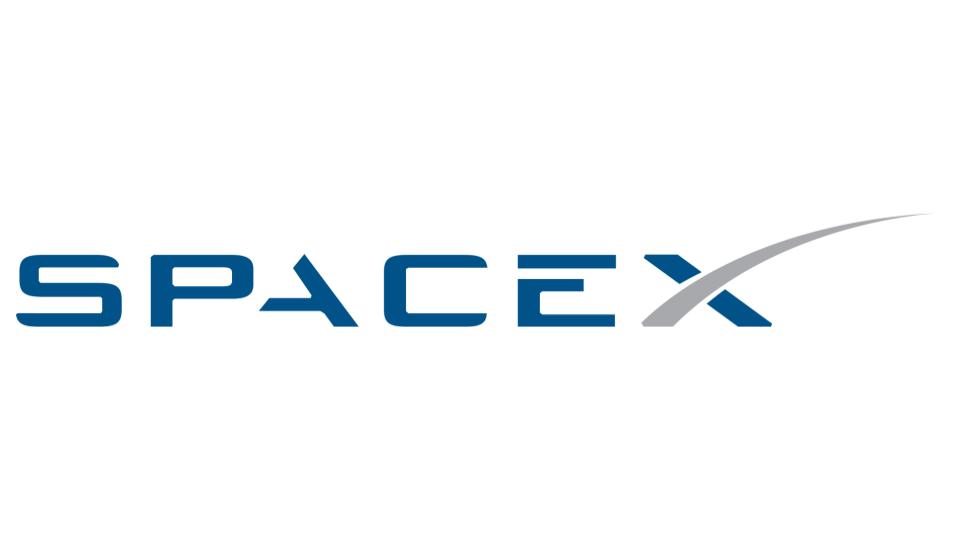
A SpaceX Falcon 9 rocket launched another 60 Starlink satellites on February 17, 2020 at 3:05 PM (UTC). For those of you keeping track at home, SpaceX has now launched 180 satellites in the first two months of this year. This time around, none of these satellites had the experimental darkening treatment. SpaceX had previously announced the results of that experiment would not be available until the end of this month. When I know the results, I’ll share them with you.
- Starlink-5 (Rocket Launch Live) https://www.rocketlaunch.live/launch/starlink-5
- SpaceX Starlink (Wikipedia) https://en.wikipedia.org/wiki/SpaceX_Starlink#List_of_launches
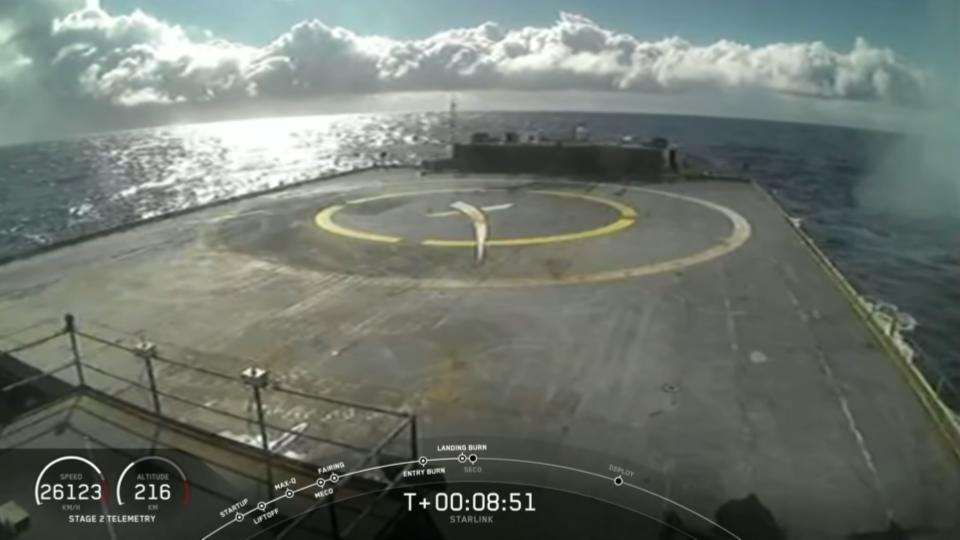
The was the 80th successful flight and was supposed to be the 50th successful recovery of the first stage, but that milestone will have to wait for the next recovery attempt. It was not a good day for recovery for SpaceX: the first stage made a “soft landing” in the water next to Of Course I Still Love You, and both GO Ms. Tree and GO Ms. Chief missed the fairings.
I really don’t have a whole lot to say about the Starlink satellites, because, well, it’s Starlink. SpaceX seems to be aiming for a two week turnaround between launches, which just feels exhausting.
- Fairing Recovery Attempts (SpaceX Fleet Updates) https://www.spacexfleet.com/fairing-data
- Droneship Landing Attempts (SpaceX Fleet Updates) https://www.spacexfleet.com/droneship-data
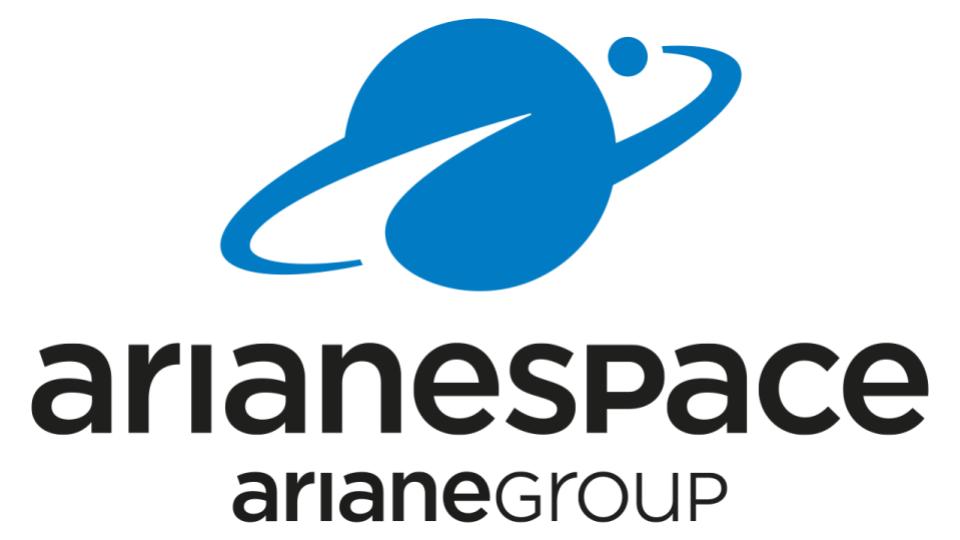
Our last launch for the week was an Arianespace Ariane 5 with JCSat-17 and GEO KOMPSAT-2B on February 18, 2020 at 10:18 PM (UTC).
- JCSat-17 (Rocket Launch Live) https://www.rocketlaunch.live/launch/geo-kompsat-2b
- Press kit (English): https://www.arianespace.com/wp-content/uploads/2020/02/VA252-launchkit-EN2.pdf
- Ariane 5 deploys communications and environmental monitoring satellites
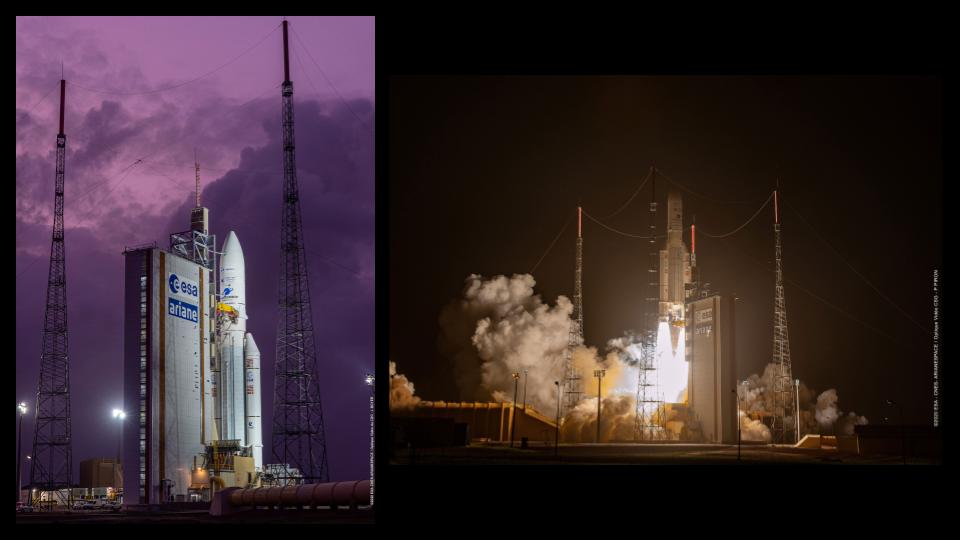
JCSAT-17: Built by Lockheed Martin, this communications satellite will operate in geosynchronous orbit and maintain position above the 136 deg E longitude line just east of Japan. It’s owned by Tokyo-based Sky Perfect JSAT and will provide communications in a variety of radio frequency bands, primarily to a number of other commercial telecommunications companies which will then provide services in Japan and the East Pacific region. The satellite was by far the more massive of the two launched, coming in at just under 5,900 kg (2950 2L soda bottles), and sports a unique 18 m wire mesh antenna for S-band communications. The satellite will use chemical bi-propellant thrusters to reach GEO altitude and to maintain its position and orientation while in that orbit. It carries enough fuel to continue operation for more than 21 years, although the satellite is stated to have a planned 15+ year mission lifetime.
GEO KOMPSAT-2B: The smaller of the two satellites is an Earth observation satellite built by Korea Aerospace Research Institute (KARI). It has a mass of a bit less than 3,400 kg (1700 2L soda bottles) and will operate in GEO at 128.2 deg E longitude and will monitor sea and ocean data throughout the Asia-Pacific region. Like JCSAT-17, it uses chemical thrusters to maintain its attitude and orientation and is planned to operate for at least the next 10 years. This satellite includes a spectrometer built by Ball Aerospace, which is being billed as the first air quality sensor to operate in geostationary orbit and will take hourly measurements of air pollution, including ozone and nitrogen dioxide, in order to improve early warnings for potentially dangerous pollution events.
According to a statement by Byung-Seon Jeong, South Korea’s vice minister of science and information and communication technology, “We believe that GEO-Kompsat 2B will be an invaluable asset serving various environmental issues of humankind, especially addressing particulate matter in East Asia. The air and ocean environmental data from GEO-Kompsat 2B is expected to significantly help many people (with) breathing concerns and minimize the damage from marine disasters.”
The satellite is meant to work side by side with GEO KOMPSAT-2A, which was launched aboard an Ariane 5 back in 2018. While 2B is specifically focused on the oceans and air quality monitoring, 2A is a dedicated weather satellite, much like the GOES satellites are for North America.
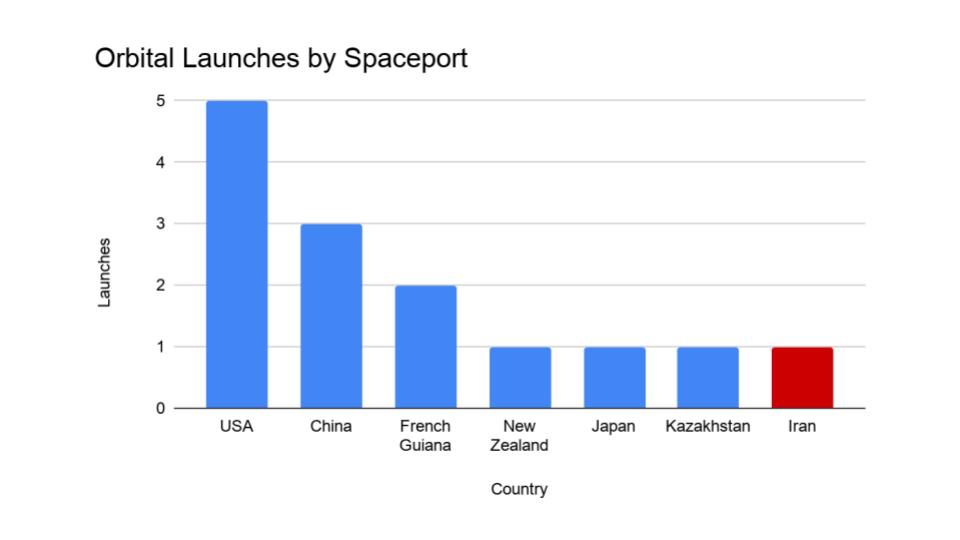
To wrap things up, here’s a running tally of a few spaceflight statistics for the year:
- Toilets burned up: 1
- Total new satellites in orbit: 226
- Total satellites from launches: 240
I keep track of orbital launches by where they launched from. Here’s that breakdown:
Total launches: 14
- USA: 5
- China: 3
- French Guiana: 2
- New Zealand: 1
- Japan: 1
- Kazakhstan: 1
- Iran: 1
Your useless space fact for the week is that Mercury is so close to the Sun that its orbit is weird without relativity.
Sources:
- https://physics.stackexchange.com/questions/26408/what-did-general-relativity-clarify-about-mercury
- https://io9.gizmodo.com/the-200-year-old-mystery-of-mercurys-orbit-solved-1458642219
And that rounds out our show for today.
Thank you all for listening. Today’s script was written by myself and Dave Ballard. The Daily Space is produced by Susie Murph. Our fearless leader is Dr. Pamela Gay. This is a product of the Planetary Science Institute, a 501(c)3 non profit dedicated to exploring our Solar System and beyond. We are here thanks to the generous contributions of people like you. Want to become a supporter of the show? Check us out at patreon.com/cosmoquestx


 We record most shows live, on Twitch. Follow us today to get alerts when we go live.
We record most shows live, on Twitch. Follow us today to get alerts when we go live.